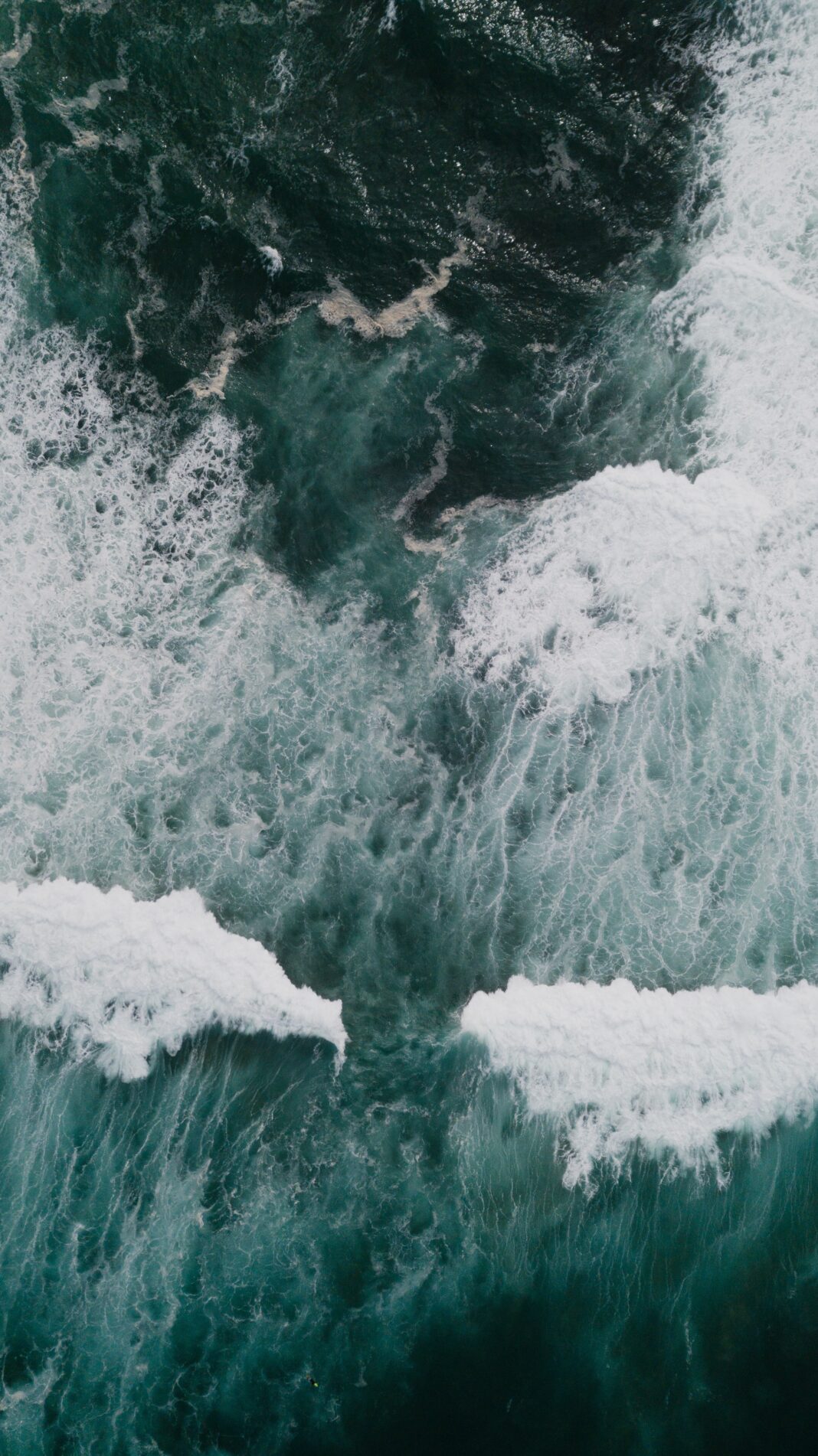SAN FRANCISCO—The National Weather Service issued a high surf advisory that covers the west to northwest beaches along the coastline from Sonoma County southward through Big Sur in Monterey County. The NWS said they expect the warning to last from 7 p.m. Friday, January 1 to Sunday, January 3 at 9 a.m.
“Infrequent yet dangerous sneaker waves and strong rip currents are expected [for] Friday, January 1,” states the advisory. The National Weather Service said they anticipate “Large and dangerous breaking waves of 20 to 25 feet are expected at west to northwest facing beaches Saturday morning through Sunday morning, locally up to 30 feet at favored breakpoints.”
Sneaker waves are anticipated for the region, and the experts at the weather service said they advise all beachgoers to avoid swimming in the ocean and getting on jetties and docks because the sneaker waves can sweep them out to sea quickly.
“Life-threatening swimming conditions and localized beach erosion can be expected. Coldwater rescues or drownings are more likely with these waves and stronger rip currents,” the advisory notes.
There will also be a large, long period of a northwest swell that will happen January 3, the advisory indicated.
Swells, according to the National Weather Service, needs strong winds, a wind that has long duration, and fetch. The NWS described fetch as “the uninterrupted distance over which the wind blows without significant change in direction.”
Once the swells form, they can last for thousands of miles and their energy is simultaneously spread out over an increasingly larger area, the NWS indicated.
The NWS mentioned these strong storms that will generate the swells, and that beachgoers need to avoid the coast altogether.
“The primary hazard…will be infrequent yet dangerous sneaker waves and strong rip currents as the initial forerunners come in at periods of 20 to 22 seconds,” the advisory states.
The NWS issued a high surf advisory because of the increased risk of sneaker waves and large shore breaks. “Additionally, sea surface temperatures remain cold in the low to mid 50’s. Coldwater drownings occur each year with these events but are avoidable by remaining a safe distance from the coastline,” the advisory added.
The NWS said they advise against fishing from the rocks or jetties, and that anyone who walks along the shoreline to never turn their backs against the waves due to the threat of being swept out to sea.
“Cold water shock may cause cardiac arrest, and it also can cause an involuntary gasp reflex causing drowning, even for a good swimmer. The surf zone will be dangerous due to strong currents and powerful breaking waves,” the advisory from the NWS stated.






